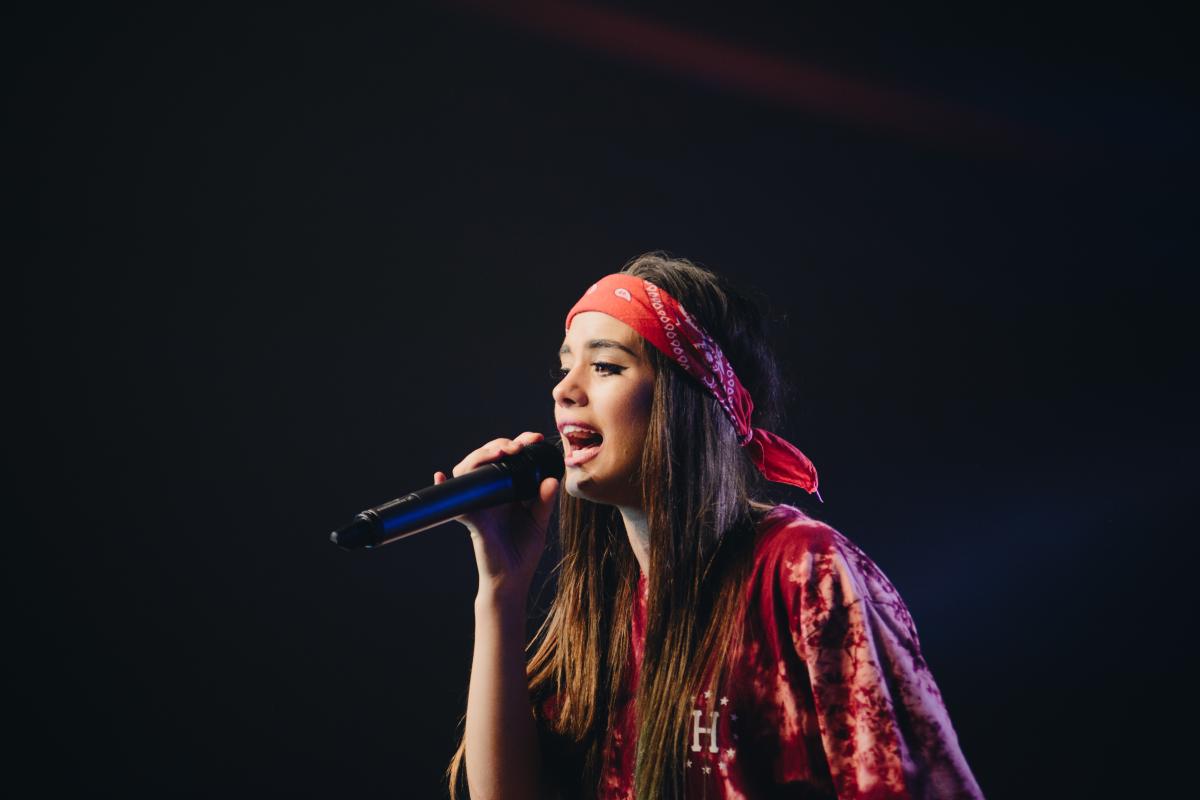
Get to know yourself vocally
Voice type is the classification of a singer based on several criteria, such as range, vocal scale or transition bridge. Historically, this categorization comes from the European opera culture, each voice type corresponding to a well-defined role. This classification allows performers to be comfortable with their vocal chords, to be able to fully exploit the richness of their voices, without having to force them into a register that is too low or too high. When you start singing, it is important to quickly evaluate your vocal type in order to choose the repertoire you are going to sing and to avoid injury.
In this article, we will detail the different classes, from the lowest to the highest.
Bass (singing or deep)
This is an exclusively male voice type and not very common among young people. The developing bodies do not generally allow to reach this kind of tessitura. The bass is divided into several sub-categories: singing or deep. The first one is distinguished by a certain suavity, more supple and more harmonic in the treble. The second, also called noble bass or Nivette bass, reaches the low notes with less harmonics, with a more neutral and deeper tone. This type of bass with solemn colors is more common in older singers. The range of the bass is comparable to that of the cello, from d2 to e4.
Baryton
The powerful voice of the baritone is often chosen to interpret the roles of villains in operas. The most common category for men, the baritone range is close to the speaking voice. Its range is from G2 to G4 and can sometimes overlap with the range of a tenor or bass.
Tenor
The tenor is characterized by a clear tone and a great flexibility in the high notes. He usually embodies the romantic hero in operas. Among men, only the counter tenor is frequentially above the tenor, even if the vocal techniques are relatively different. Its amplitude is rather restricted, generally going from C3 to B4, which does not prevent the tenor from being the most coveted voice.
We will now move on to the register of female voices, also ranging from the lowest to the highest.
Contralto
This is a relatively rare voice, because even if a mezzo-soprano can reach the notes of a contralto, the latter has very specific characteristics. Indeed, the contralto is distinguished by a certain harmonic roundness, a vocal warmth well discernible. Its range goes from F2 to F4.
Mezzo-soprano
Light and expressive, the mezzo-soprano voice is placed between the contralto and the soprano. Its range allows it to cover both. It differs from the soprano by its warmer timbre, even if the two registers remain relatively similar. Historically, the "mezzos" occupy secondary roles in operas, with some exceptions of course. Its range is between A2 and A4.
Soprano
The soprano voice is characterized by a great technical ease in the high notes. Often interpreted by heroines in operas, its range is between B3 and G6. The Magic Flute is the perfect example of the soprano register.
Apolline offers singing lessons in Lausanne as well as guitar lessons, drum lessons and piano lessons to help you perfect your musical skills.
Did you like this article? Here are some others that might interest you:
